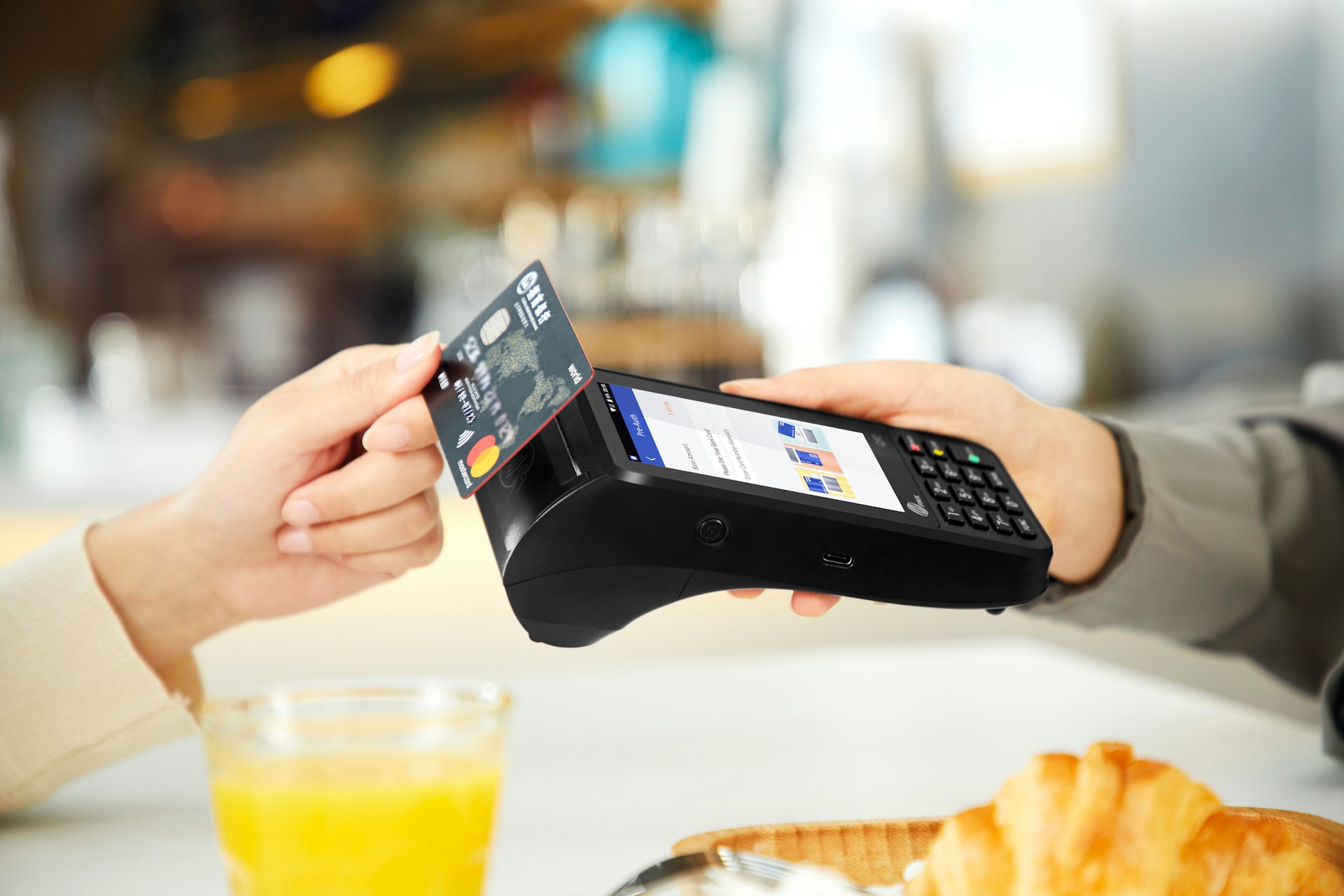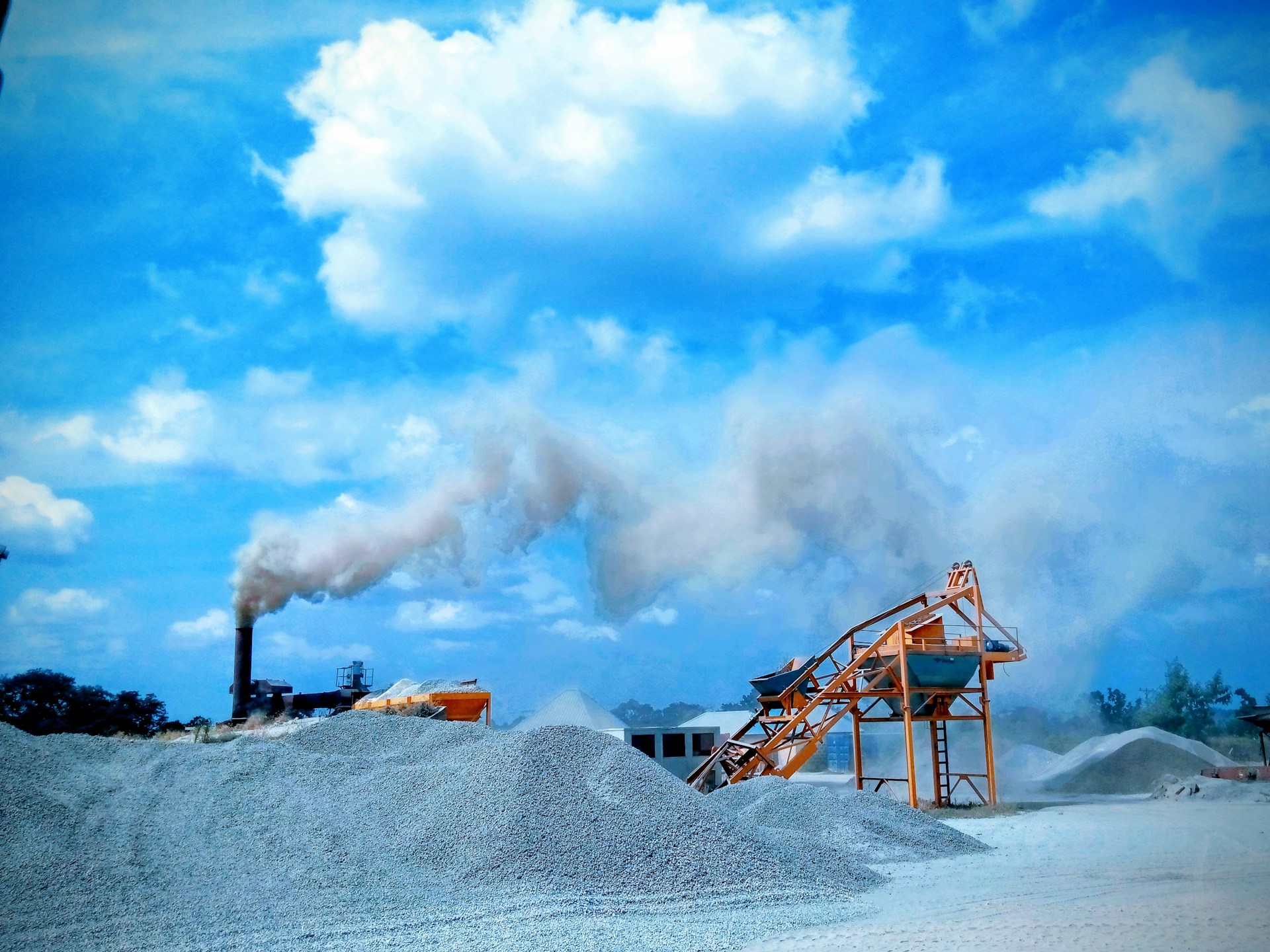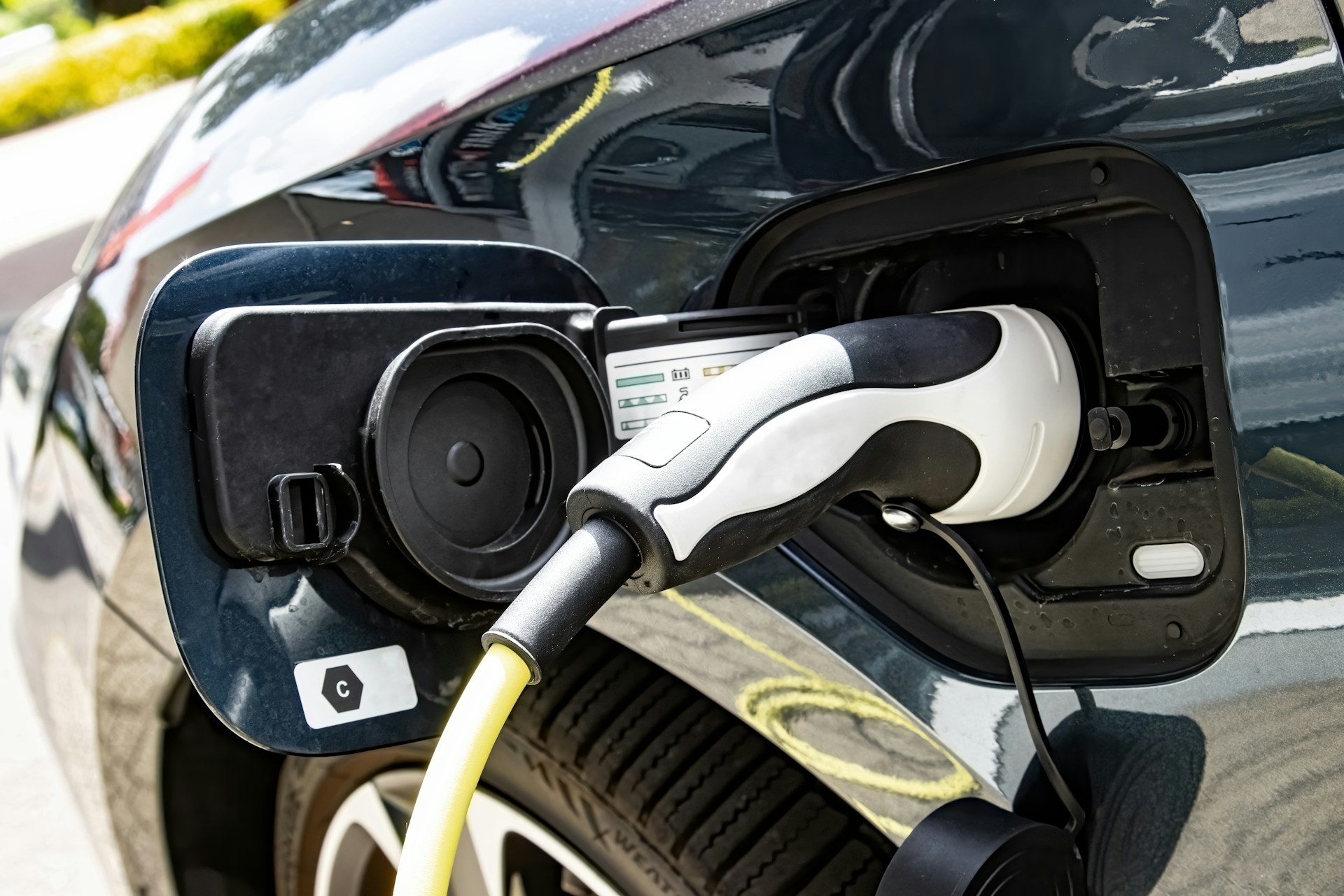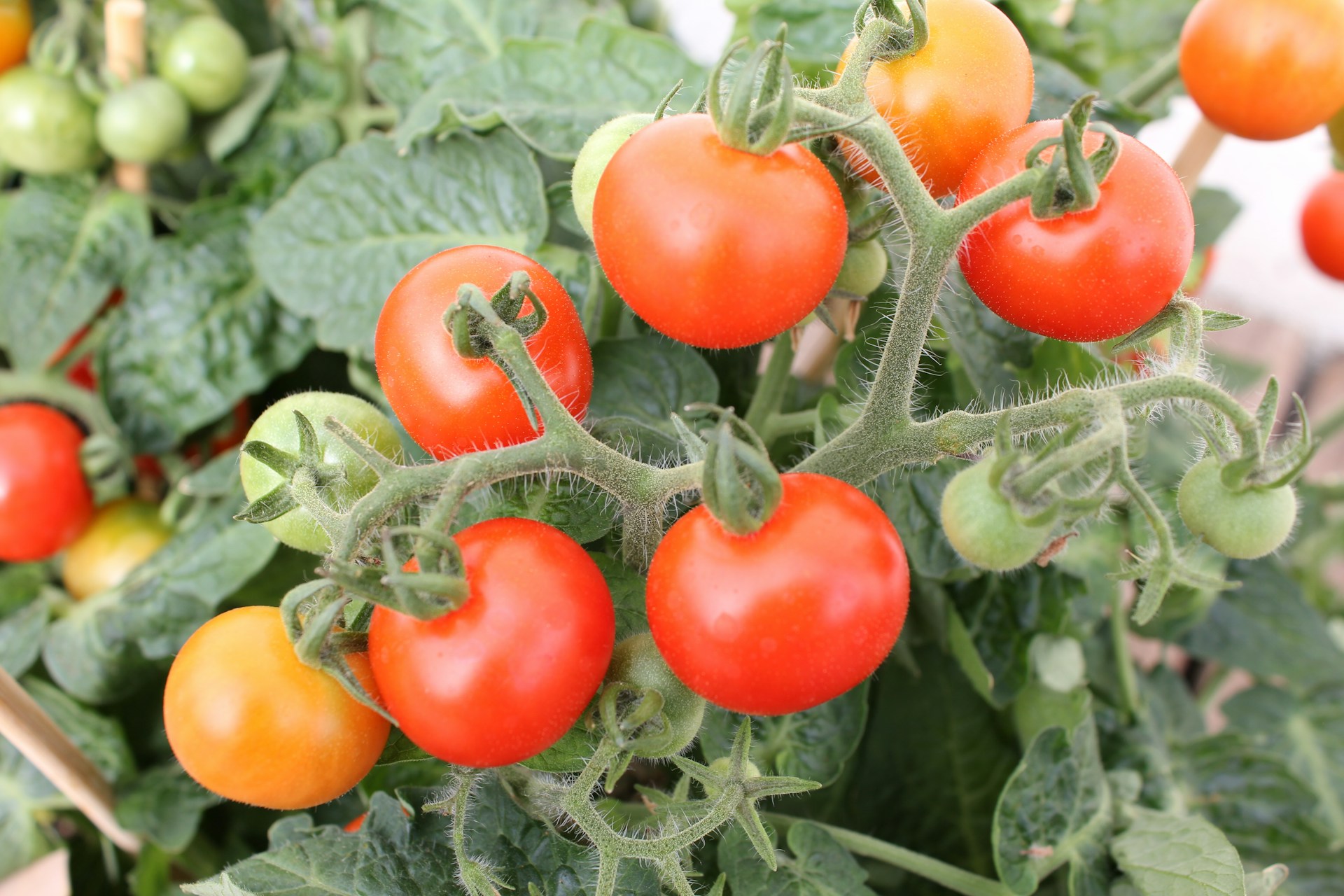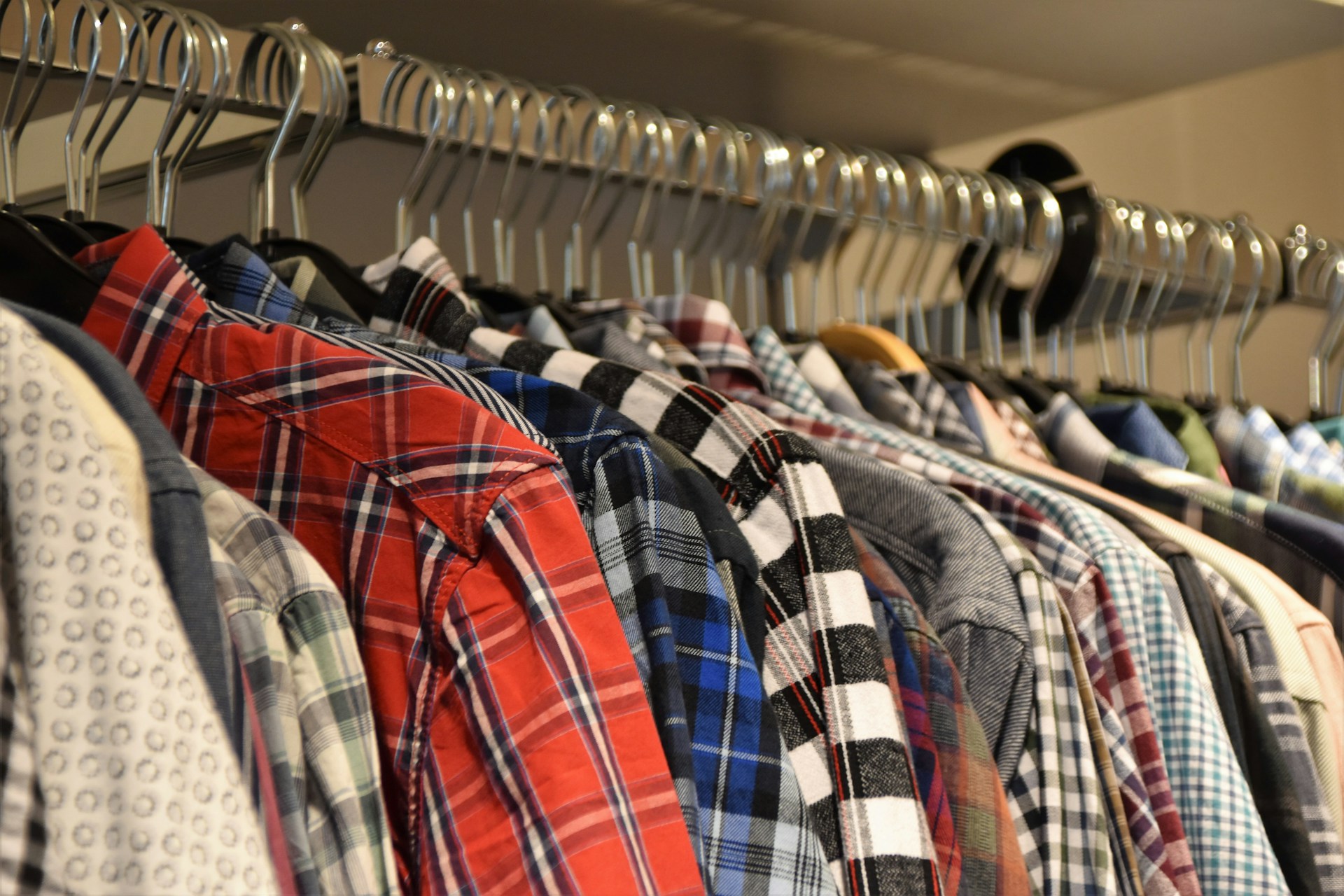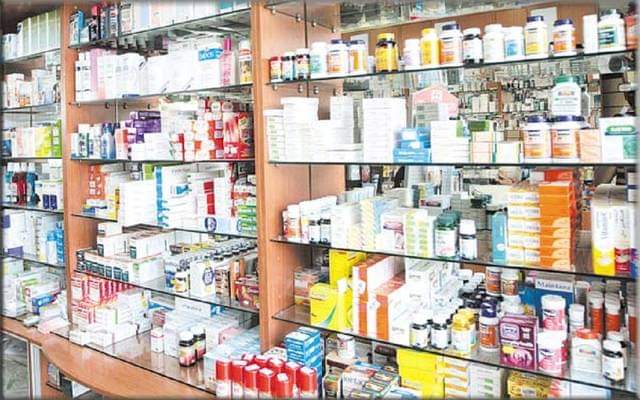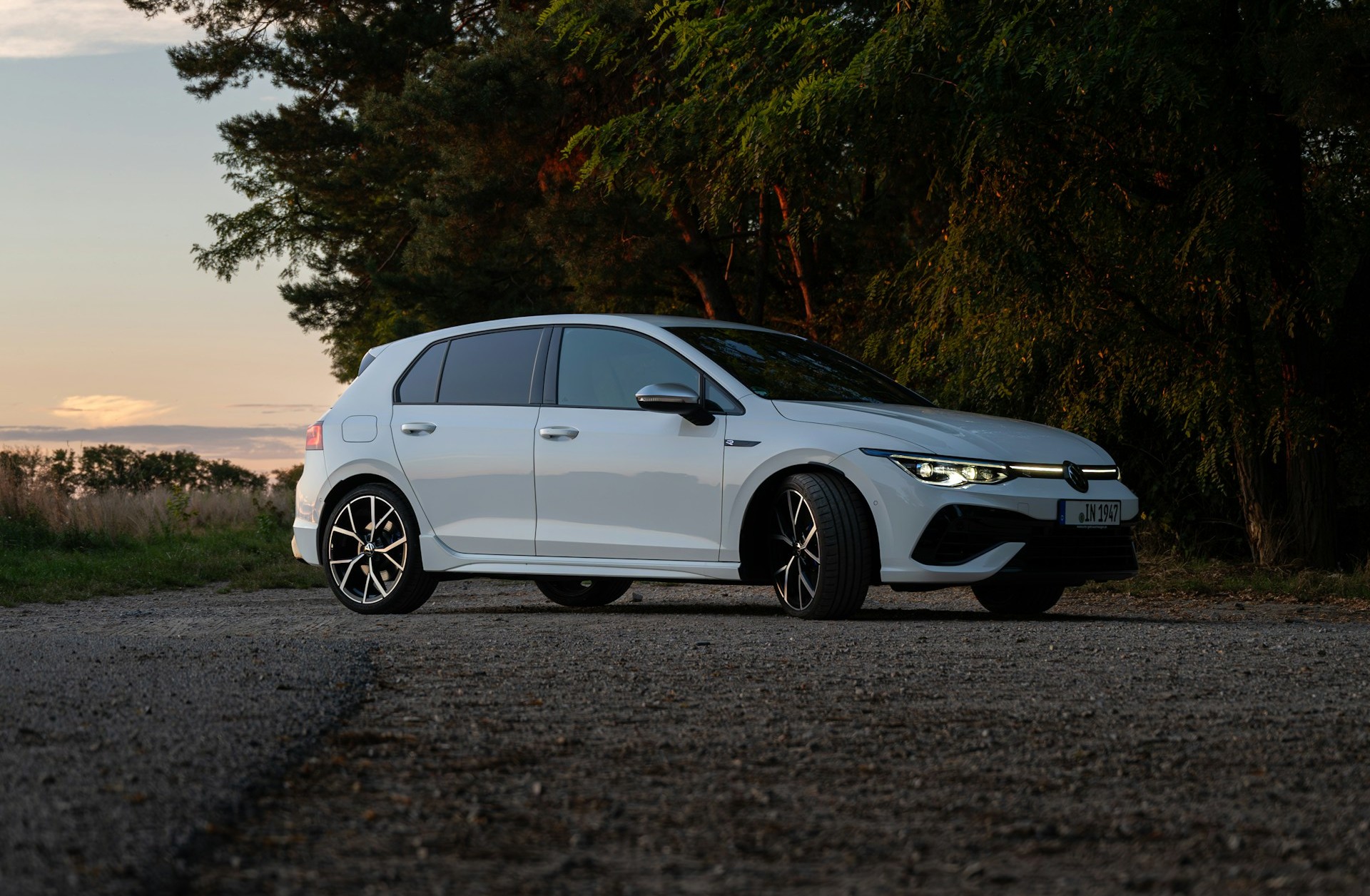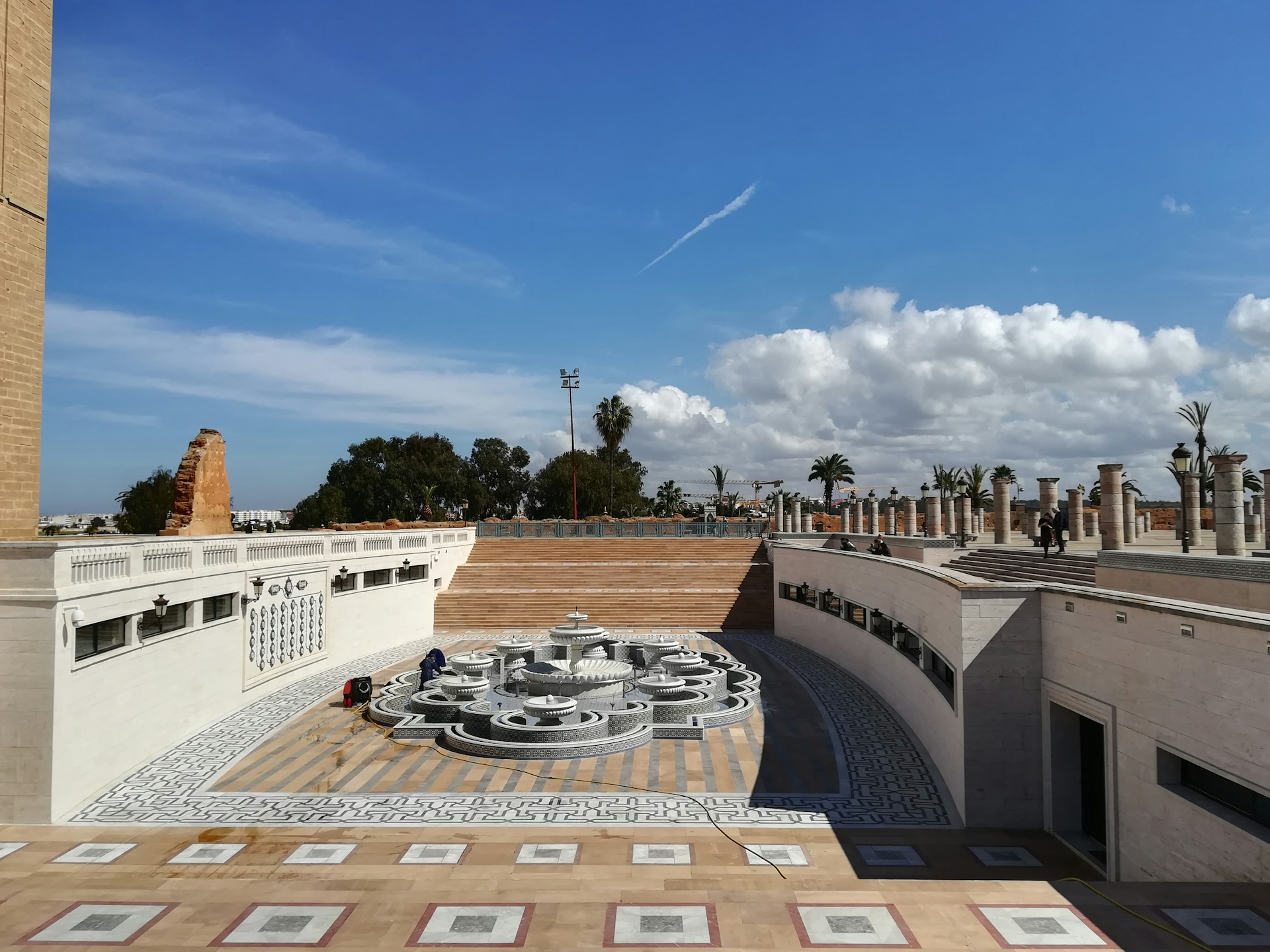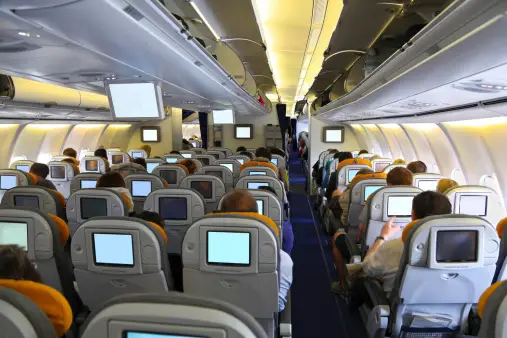Casablanca – Morocco’s textile and apparel industry is proving resilient in the face of mounting competition from Asia — retaining a foothold in the European Union’s market even as low-cost Asian suppliers surge. But behind the modest gains lies a difficult reality: while Moroccan exports are increasing, the country’s share of Europe’s clothing imports is slipping in a sector increasingly dominated by price pressure.
Modest growth, shrinking share
In the first half of 2025, Morocco exported approximately $1.48 billion worth of clothing to the European Union, marking a 2.6% year-on-year increase. However, this growth has not been sufficient to maintain its share of the market: Morocco’s portion of EU clothing imports fell from 3.4% to 3.1% over the same period. The drop reflects the faster growth enjoyed by many Asian competitors, underscoring the intensifying global competition faced by Morocco’s textile industry.
Asia’s dominance intensifies
Asian apparel exporters are continuing their aggressive push into the European market. In 2025, countries such as Cambodia (+30.4%), India (+15.4%), Vietnam (+17.3%), and Pakistan (+16.6%) all posted strong export growth to the EU. Meanwhile, established players like China (+9.9%) and Bangladesh (+13.2%) are further strengthening their dominance. These countries leverage extremely low labor costs, favorable trade regimes, and deep integration into global textile supply chains — allowing them to flood Europe with low-cost fast fashion.
As a result, about 76% of clothing imported into the EU now comes from Asia — a 19% increase in recent years. Mediterranean exporters (including Morocco, Tunisia, and Turkey) account for only 16.5% of total EU clothing imports, down from about 20% just a few years ago.
Morocco’s position: quality over quantity
Despite these pressures, Morocco still holds a significant position. It remains the top African supplier of clothing to the EU and ranks 8th globally among apparel exporters to Europe. In the first nine months of 2025, its exports reached about $2.26 billion, representing roughly 3.1% of the EU’s total clothing imports. Morocco remains ahead of its regional rival Tunisia — whose exports declined — and maintains its place in the European top ten.
What makes Morocco’s approach different is its deliberate focus on medium- and high-end garments, rather than competing purely on price. The average unit price of Moroccan exports is about $35.23 per kilogram, significantly higher than the EU’s average import price of $21.04/kg. By contrast, some of the lowest-cost Asian exporters — such as Pakistan, Bangladesh, Myanmar, and Cambodia — offer prices ranging from around $13 to $18/kg.
Morocco’s strategy hinges on several key strengths:
- Geographical proximity to Europe, allowing shorter lead times and lower transportation costs
- Certifiable quality, which appeals to European buyers who demand more than just the lowest price
- Flexibility in production, enabling Moroccan manufacturers to respond to fast-fashion trends
- Use of European-sourced materials, reinforcing quality credentials
- A digital transformation in the textile sector, via initiatives like the “Digital Passport” developed by the Moroccan textile association (AMITH) with tech partners
Institutional support and strategic vision
The Moroccan government is backing the industry’s push for higher value and innovation. In October 2025, AMITH leadership met with the Secretary of State for External Trade to implement the “Foreign Trade Program 2025–2027,” aiming to address persistent logistical and export challenges. At the same time, Morocco is preparing to host the second African Continental Free Trade Area (AfCFTA) Forum in December 2025, potentially opening up more regional markets beyond Europe.
Furthermore, Morocco is exploring cross-border industrial cooperation. Dialogues with Turkish investors are underway to develop “technical textiles” — a more sophisticated segment of the market. These multi-pronged efforts are designed to build resilience and diversify Morocco’s export base, making it less vulnerable to fluctuations in European demand or renewed tariff wars.
Challenges and the road ahead
Nevertheless, Morocco’s resilience remains fragile. The scale of Asian imports into Europe is vast: as of September 2025, EU clothing imports from China and Bangladesh alone totaled roughly $38.15 billion, or nearly 17 times Morocco’s exports. This imbalance highlights the risk that price-sensitive buyers may continue to favor the cheapest suppliers — despite Morocco’s quality advantage.
Analysts warn that unless Morocco accelerates its shift toward value-added products — such as eco-friendly fabrics, technical textiles, and higher-margin designs — its gains could be eroded. The country must also deepen its integration into the African market via the AfCFTA, securing alternative outlets as Europe becomes increasingly price-driven.
On the European side, the challenge is just as stark. The bloc faces a strategic choice: impose tighter protections on Asian imports, or invest heavily in creative, high-tech textile production to maintain a sustainable industry. A failure to act could further weaken European and Mediterranean manufacturers while entrenching reliance on low-cost producers abroad.
Morocco is managing a delicate balance. Its textile sector is growing, its quality strategy is winning it respect, and it retains a strong position in Europe. But with Asia’s aggressive march into the EU market, and its own share slowly shrinking, Morocco’s future success depends on bold industrial shifts — not just incremental gains.
